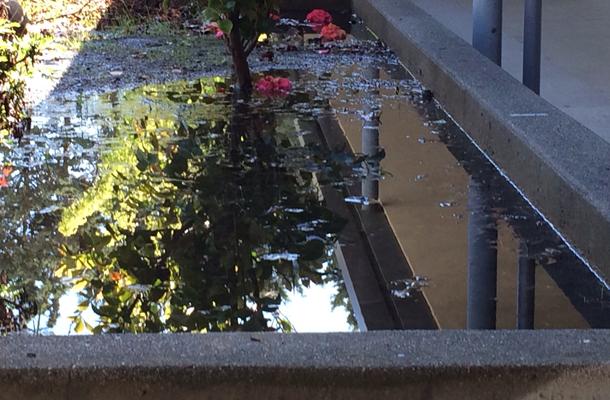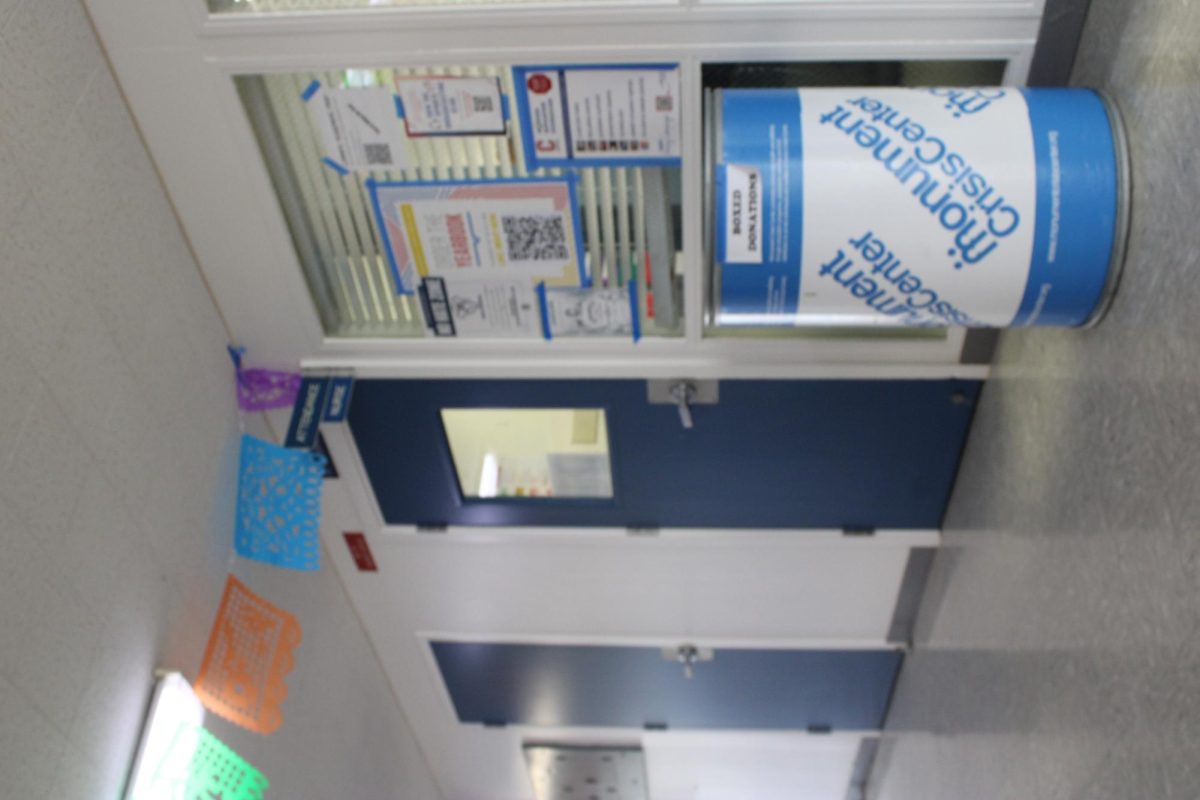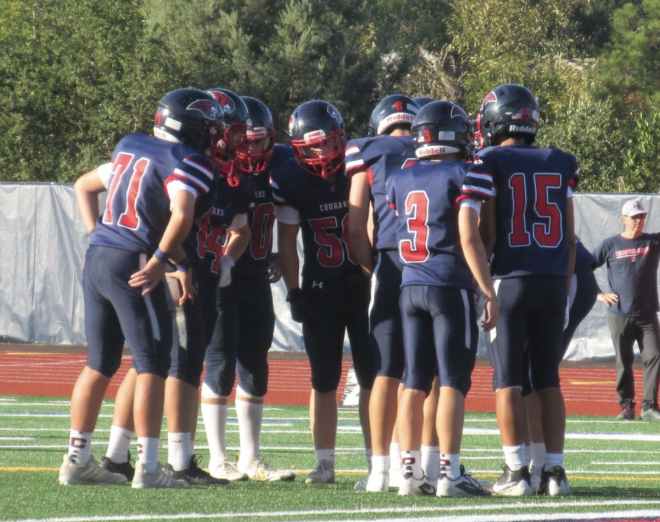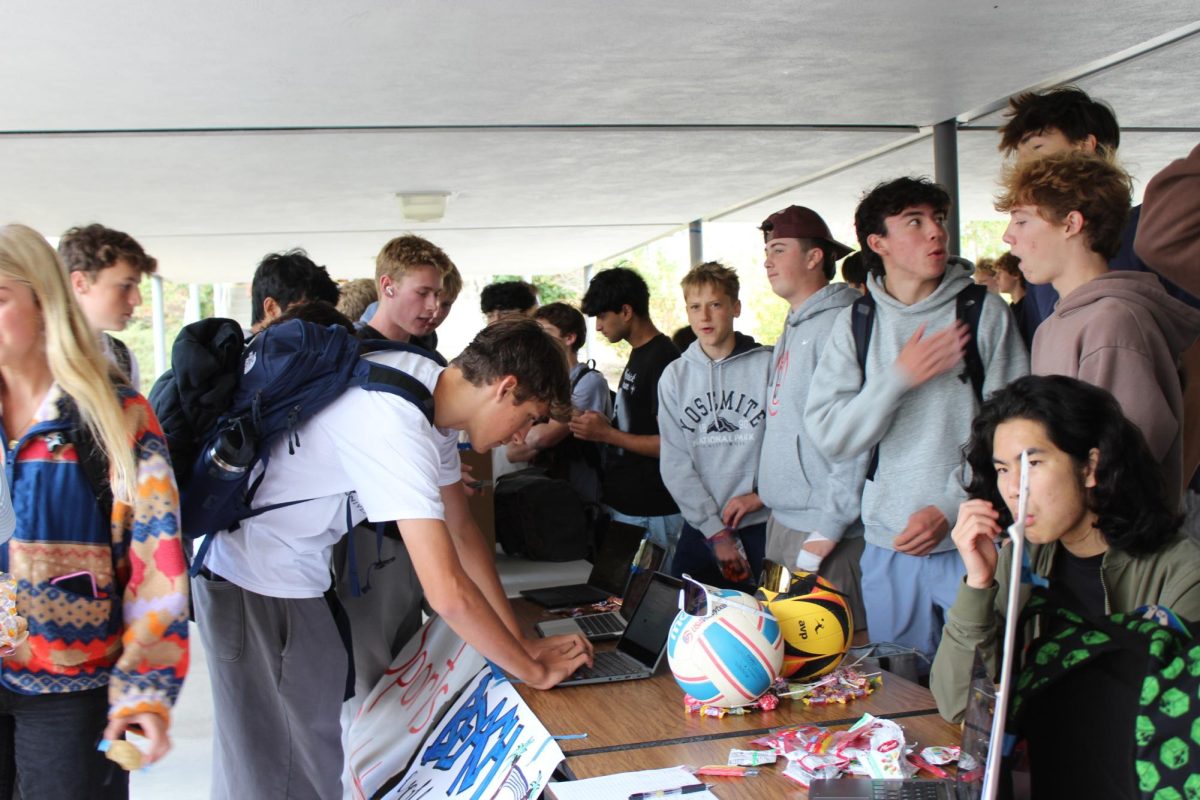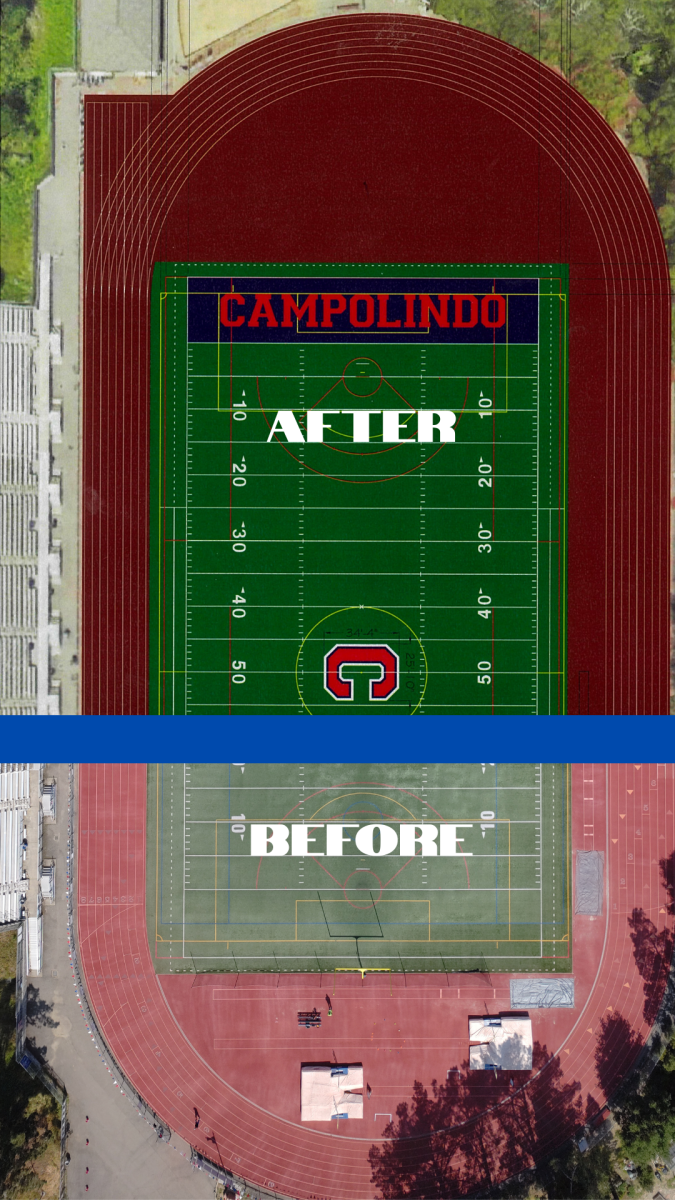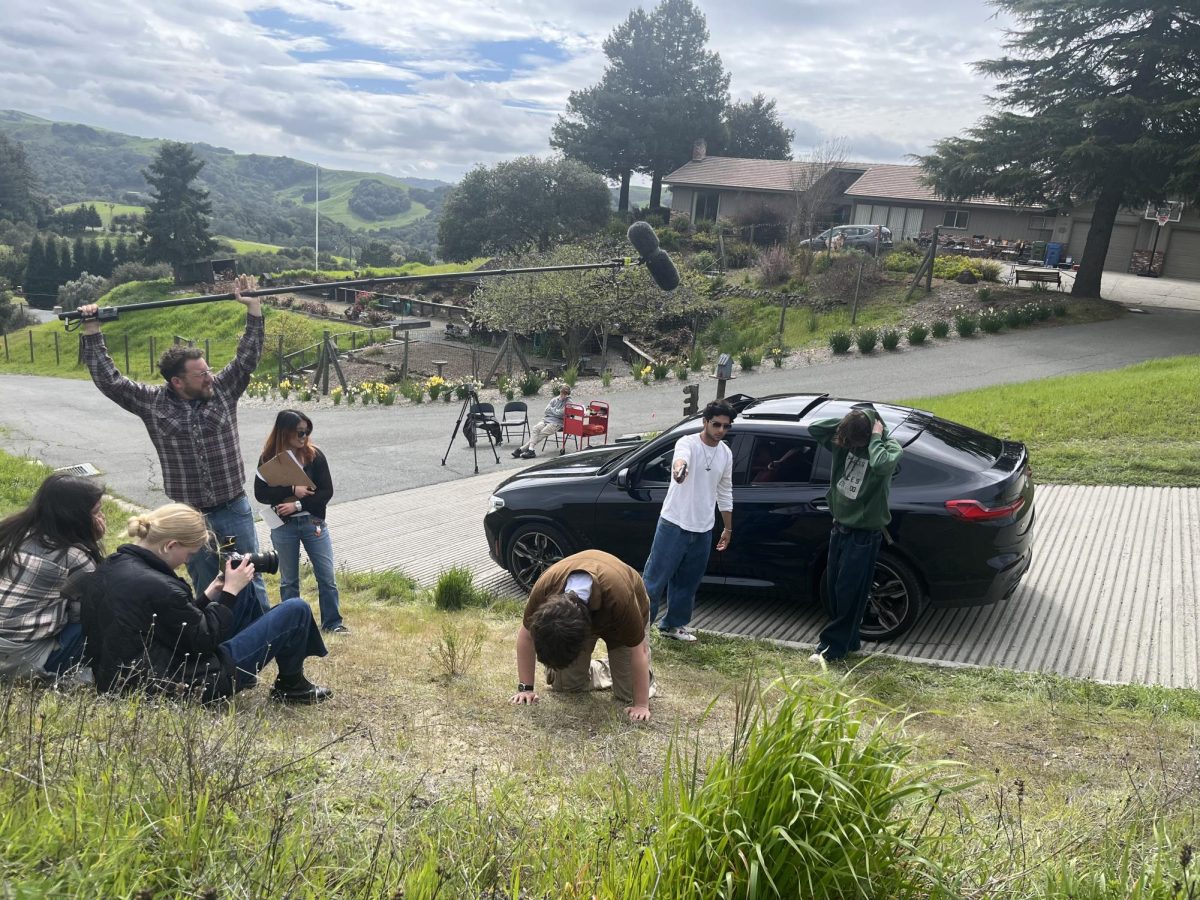As the weather becomes steadily warmer, the fields and patches of grass that decorate the campus demand more and more water to preserve their vitality. But due to the haphazard irrigation system and faulty sprinklers, this vital resource is being squandered.
The antiquated irrigation system at Campolindo is inefficient. Some sprinklers work better than others and some do not to work at all. “The school was built in ’62, and I don’t know exactly when the landscaping went in, but it’s old and there hasn’t been major work, so the sprinklers are in varying stages of repair, disrepair, function,” said vice principal Sharon Bartlett.
According to Bartlett, Campolindo is unable to replace the irrigation system or sprinklers. “We don’t have a way to change them up and fix them or to do hoses and sprinklers to all the places that need watering; we just don’t have the manpower to do that,” Bartlett explained.
Although the current drought in California calls for use reductions, according to Bartlett, the current landscape needs will not allow it. “If we let some of the areas die, what it would take to get them replanted is huge, so right now, because the areas that are being watered are mature, they take less water,” Bartlett said.
In order to address the waste of resources, gardener and manager of grounds Oscar Verduzco has taken steps. “I use less than other schools because I’m always careful about water. I control it by hand, and other schools are by the clock. Sometimes the clock breaks and they don’t know because it comes on at night,” he said. Verduzco waters as infrequently as he can.
Verduzco is also careful to generally water only in the early morning. According to Bartlett, when grass is watered in the midday heat, it can burn.
“It’s much better to water in the morning because [the grass] can concentrate all the water because when it’s not so hot it doesn’t evaporate easily,” said Verduzco.
However, sometimes it is necessary to water during school hours, and students must dodge sprinklers in the outdoor hallways and close windows to avoid being soaked. “When the sprinklers are on, the water runs all over. I don’t think they should use as much. They should use just the right amount and stop it,” suggested sophomore Yuki Shafer.
The current sprinklers are not fine-tuned to expel the amount of water needed for particular regions of grass, so Verduzco must set up several different types of sprinklers in different areas. “Some of the sprinklers are set on towers, some of them he [Verduzco] turns on with a tool, and some of them are hoses with sprinklers attached,” said Bartlett.
Verduzco’s efforts have not been in vain; Campolindo uses less water than Acalanes or Miramonte, according to custodian Ben Wadsworth.
According to Bartlett, the school invests only a small amount of money in horticulture and landscaping. But because Campolindo has a domestic water meter and no irrigation water meter, the Acalanes Union High District cannot differentiate the cost of water used for sprinklers from all water use.
“On campuses that have only one water meter, the water is used for both domestic as well as irrigation. Where the irrigation lines tee off the water main, back flow preventers have been installed to prevent any water from entering into the main water source. These back flow preventers are inspected regularly,” said Dave Humphrey, Director of Facilities for the district.
Bartlett believes that although Campolindo is currently unable to restore the sprinklers, the school is doing the best it can with what it has. The end is worth the means, Bartlett surmises, as campus presentation is an important aspect of any school. “It makes a big difference how you feel if classrooms are clean, and campus isn’t littered, and if there are plants and stuff. I think it’s important,” she said.
“John Muir said, ‘We have to have beauty as well as food and shelter’,” added Bartlett.
